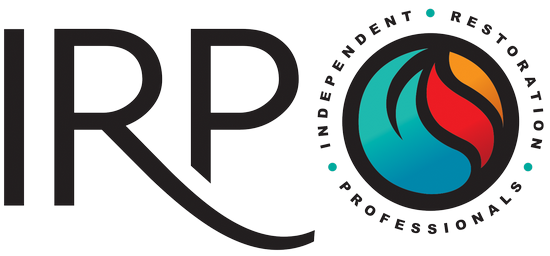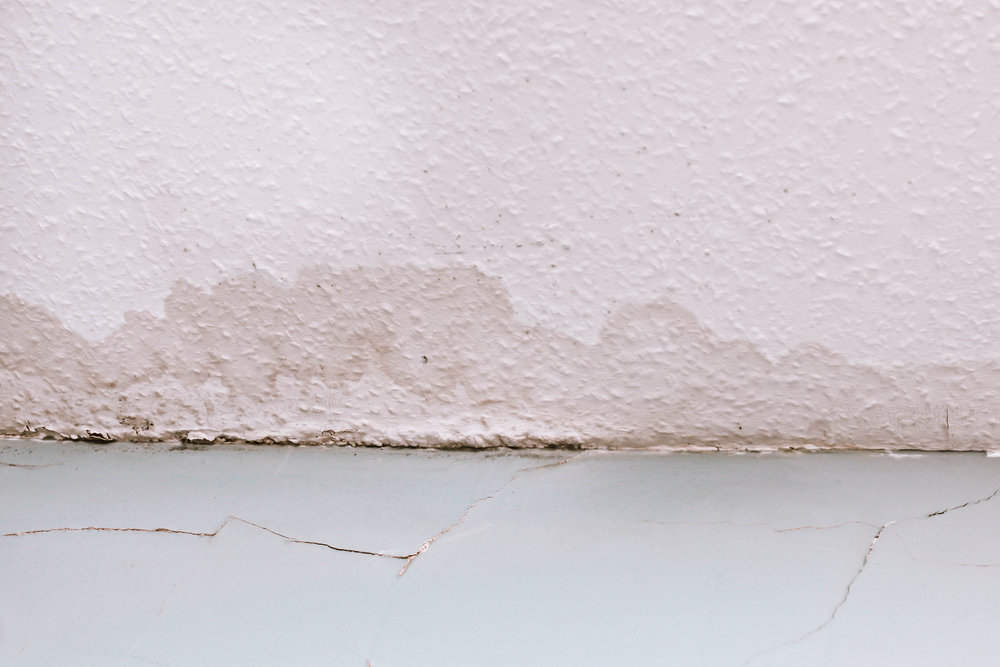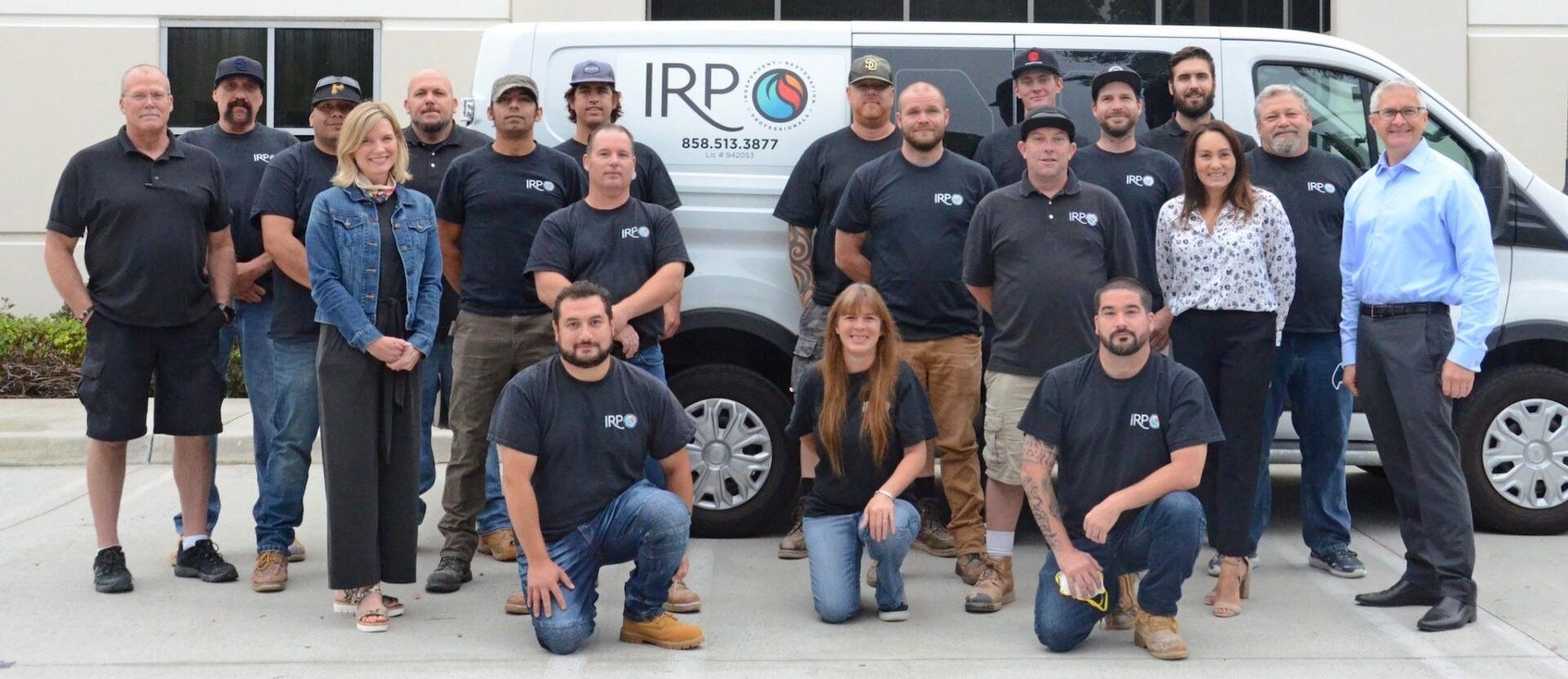Water damage can lead to many problems within homes and buildings, with mold and mildew growth being some of the most challenging. Mold and mildew thrive in moist environments, making any water intrusion a potential risk for these unwelcome fungi. Understanding how water damage contributes to mold and mildew growth can help homeowners and property managers proactively prevent these issues and maintain a safe, healthy environment.
The Connection Between Water Damage and Mold Growth
Water damage, whether from plumbing issues, flooding, or roof leaks, creates an environment where mold and mildew can thrive. Mold spores are ever-present in the air; they only need moisture, a food source, and a moderate temperature to grow. Water penetrates surfaces such as drywall, wood, or carpet, providing the perfect breeding ground for mold and mildew. Even minor water exposure, if not addressed promptly, can lead to significant mold growth over time.
Early Signs of Mold and Mildew from Water Damage
Mold and mildew often develop in hidden areas, such as behind walls or beneath carpets, making early detection challenging. Common signs include musty odors, discoloration, and, in some cases, visible growth. However, health issues may be the first indication for some people. Those sensitive to mold exposure may experience symptoms like sneezing, coughing, and skin irritation. Recognizing these signs early can help mitigate more extensive damage and health risks.
Health Risks Associated with Mold and Mildew Exposure
Mold and mildew are not only structural concerns but also health risks. Prolonged mold exposure can aggravate allergies and lead to respiratory issues, especially in individuals with preexisting conditions. Additionally, mold spores can spread through the air, making their way into the respiratory systems of building occupants. Preventing mold growth after water damage is essential to ensure a healthy living environment for everyone.
Effective Measures to Prevent Mold After Water Damage
Prevention starts with addressing water damage quickly and effectively. Drying out affected areas, repairing leaks, and improving ventilation can significantly reduce the risk of mold. Regular home inspections are also key, particularly in areas prone to dampness. Homeowners should pay close attention to potential issues during heavy rainfall or after plumbing work, as these times increase the chances of water intrusion.
Understanding how water damage leads to mold and mildew growth empowers homeowners to act swiftly and decisively. By taking preventive measures and addressing water issues promptly, it’s possible to avoid the spread of mold and maintain a safe, comfortable living environment. Taking these steps protects the property and the well-being of everyone within it.
Understanding Water Damage and Mold Growth: How We Can Help
Water damage creates a perfect environment for mold and mildew to thrive, posing serious health risks and structural issues. Independent Restoration Professionals (IRP) specializes in preventing mold growth by providing thorough inspections and effective drying solutions. Our expert team is equipped to handle mold remediation, ensuring your home remains safe and healthy. We are committed to addressing your water damage concerns swiftly and effectively. Contact us at (858) 513-3877 for assistance.



